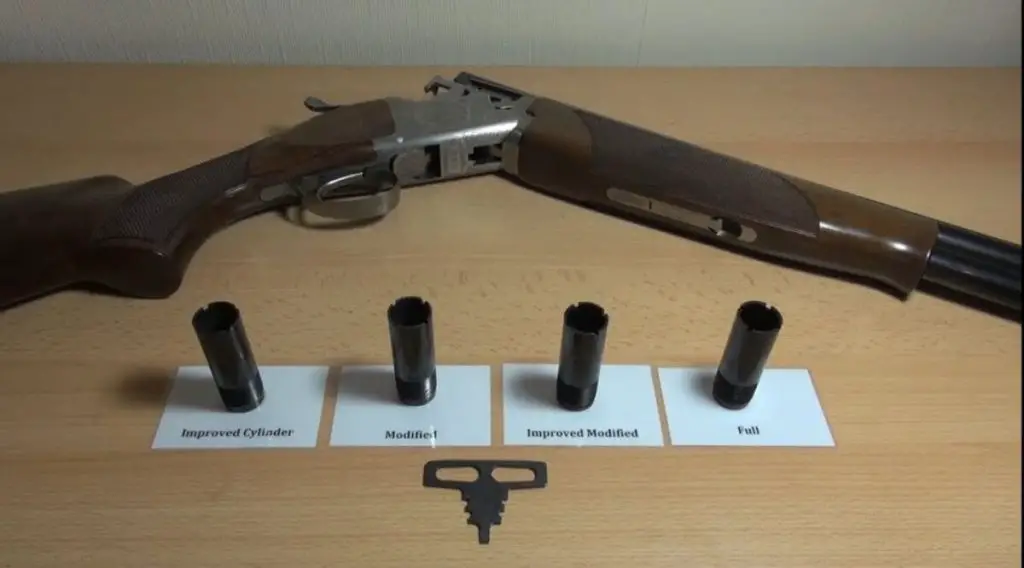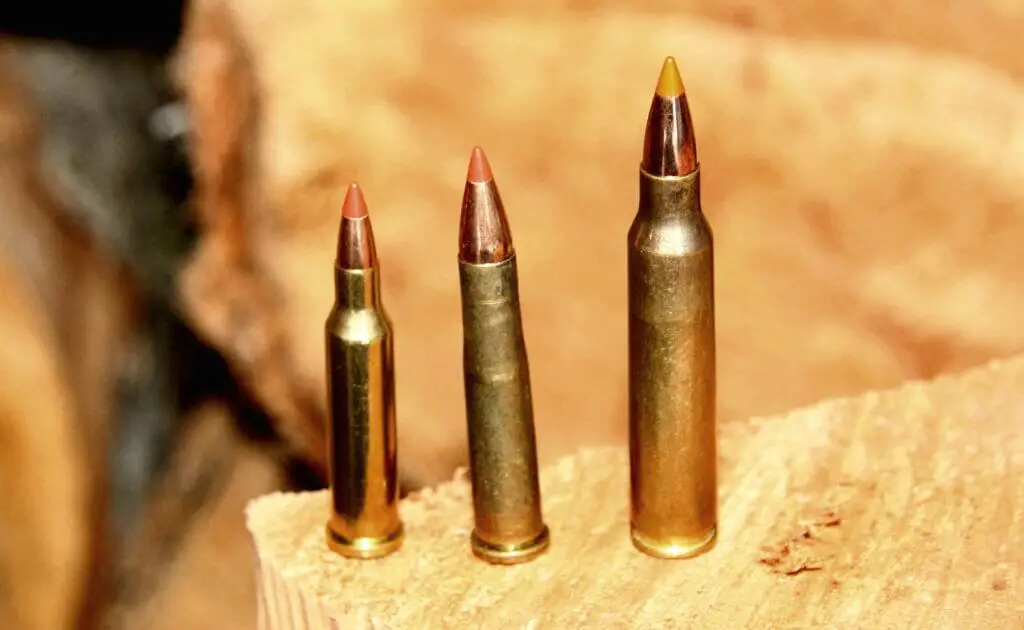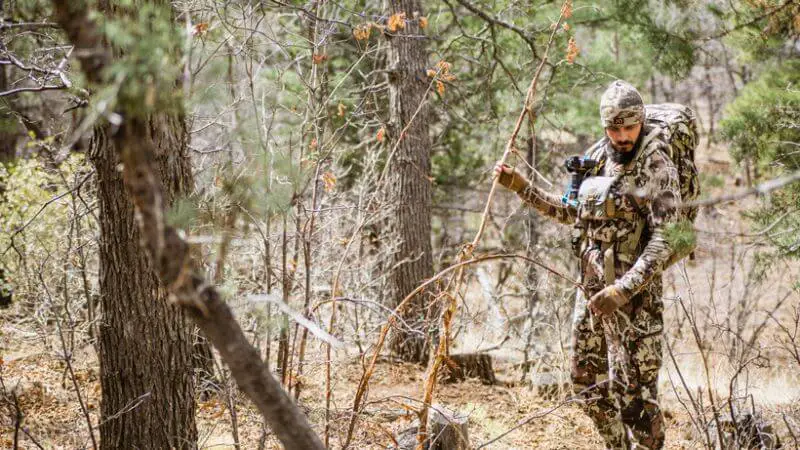Deer hunting is an activity loaded with customs, jargon, and nuances, which are unequivocally vital to comprehend for any enthusiastic hunter. A frequent debate among hunters and wildlife enthusiasts revolves around the question: do brow tines count as points? To answer this question, we need to dive into the complex world of deer antler terminology and deer-scoring methods. Just as importantly, we need to understand what exactly constitutes a “point” when we consider the majestic antlers of the deer. For the layman’s understanding a “point” is simply a tine (a sharp, pointed part) extending from the main beam of the antler. But is it as simple as it sounds? Let’s find out.
Defining Brow Tines
What Are Brow Tines?
Before we move onto our main topic of providing an answer to the inquiry, “do brow tines count as points?” it’s pertinent to know what a brow tine is. The initial tine growing off the main beam of the antler, located more proximal to the deer’s head, is commonly known as the brow tine. In the simplest of terms, it’s the first “branch” of the antler that is nearest to the deer’s forehead. This tine can vary in size, shape, and number depending upon the species and age of the deer.
Scoring Deer Antlers: Does Brow Tines Count as Points
The Indoor Club of America (B&C) Scoring
In the world of deer hunting, the primary system of scoring antlers in North America is the Boone and Crockett (B&C) system. In this system, a point must be at least one inch long and should be longer than it is wide to count. With these parameters, the answer to our question in the context of the B&C system is ‘Yes’, brow tines do count as points.
The Pope & Young Club Scoring
The Pope & Young Club also uses similar criteria for scoring. This organization is focused on bow hunting, and the methods for scoring deer antlers are almost identical to the B&C Club’s methodology. Therefore, in the context of the Pope & Young Club as well, brow tines are counted as points.
State-Specific Rules
It’s crucial to note that some states have specific rules regarding what is considered a legal buck. In places with a points restriction, such as a “three points on one side” rule, the state wildlife agency may or may not count brow tines depending on their regulations.
Buck Scoring Comparison
| Scoring System | Does Brow Tines Count as Points |
|---|---|
| Boone & Crockett (B&C) | Yes |
| Pope & Young | Yes |
| State-Specific Rules | Depends on individual state regulations |
Understanding Antler Anatomy
Main Beams
Main beams are the primary structure of the antler. They curve upward and forward from the base and support all the other points.
Tines
Tines, also known as points, emerge from the main beam. Typically, the first point is the brow tine followed by the G1, G2, G3, etc. Brow tines can vary in length, even on the same deer, depending on many factors including genetics and nutrition.
Burrs
Burrs are the point where the antler connects to the deer’s skull. A larger burr generally indicates a mature deer.
Pedicles
Pedicles are the part of the skull from which the antlers grow.
Taking the Right Call: Counting Brow Tines as Points
As we have comprehensively scrutinized various scoring systems as well as antler anatomy, it becomes evident that yes, in most cases, brow tines should be counted as points. But as with any rule, there are exceptions – the important thing is to familiarize oneself with the specific regulations of the hunting area. Ultimately, the beauty and fascination of nature lie in its unpredictability and variety. Whether a brow tine counts as a point or not, the sheer sight of a deer with a magnificent set of antlers is a reward in itself. These intricate, bony structures symbolize the wilderness, and every point, including the brow tine, tells a part of the deer’s story.
Frequently Asked Questions
What counts as a point on deer antlers?
Points on deer antlers are determined based on the number of distinct tines or branches present on each antler. Generally, a tine must be at least one inch long to be considered a point. Each tine must also be growing upward and away from the main beam to be counted as a point.
Do you measure brow tines when scoring a deer?
Yes, brow tines are considered when scoring a deer. Brow tines are the first set of antler points that emerge from the base of the main beam, near where the antlers meet the deer’s head. They are usually shorter and less developed than other tines, but they are still counted in the overall score of the deer.
How do you score brow tines?
When scoring deer antlers, each brow tine is measured separately. The length of the brow tine is measured from its base where it meets the main beam to its tip. The measurement is usually taken along the outside curve of the tine. The score is then added to the total points of the antlers.
Which point is a brow tine?
A brow tine is located at the base of the antlers and is the first tine that emerges near where the antlers connect to the deer’s head. It is usually the shortest and least developed tine on the antlers. When counting points, the brow tine is considered as one of the points on the antlers.
How many brow tines can a deer have?
A deer can have anywhere from zero to several brow tines. The number of brow tines varies greatly between individuals and is influenced by factors such as genetics, age, nutrition, and overall health. Some deer may have no brow tines, while others might have multiple brow tines on each antler.
What is the purpose of brow tines on deer antlers?
Brow tines serve multiple purposes for deer. They are used during sparring and fighting to establish dominance and defend territory. Brow tines can also help deer in various tasks such as grooming, scraping tree bark, or thrashing leaves. Additionally, brow tines can provide an indication of a deer’s age and health during hunting or wildlife management activities.
Do brow tines affect the deer’s overall antler score?
Yes, brow tines are considered in the overall antler score of a deer. While they are usually smaller and less developed than other tines, they contribute to the overall points on the antlers. They are counted individually and contribute to the final total score of the deer’s antlers.
Are brow tines always symmetrical on both antlers?
No, brow tines are not always symmetrical on both antlers. Just like any other tine on deer antlers, the development and symmetry of brow tines may vary between the left and right antler. Differences in genetics, injury, or other factors can lead to asymmetry in the size or presence of brow tines.
What is the difference between a brow tine and a main beam?
A main beam refers to the central part of the antlers that extends outward from the deer’s head. It serves as the primary support structure for the entire antler. On the other hand, a brow tine is a specific type of tine that emerges near the base of the antlers, close to where they connect with the deer’s head.
Do brow tines develop on both male and female deer?
No, brow tines generally develop on male deer, also known as bucks. Female deer, known as does, usually lack antlers altogether. Although on rare occasions, female deer with antlers have been observed, the development of brow tines is primarily a characteristic of male deer.
- How to Put a Scope on a Mosin Infantry in Tarkov: A Quick Guide - November 7, 2024
- How to Edit a Scope Box in Revit: A Step-by-Step Guide - November 6, 2024
- How to Put a Scope on Mosin Tarkov: Expert Tips for Gamers - November 6, 2024


